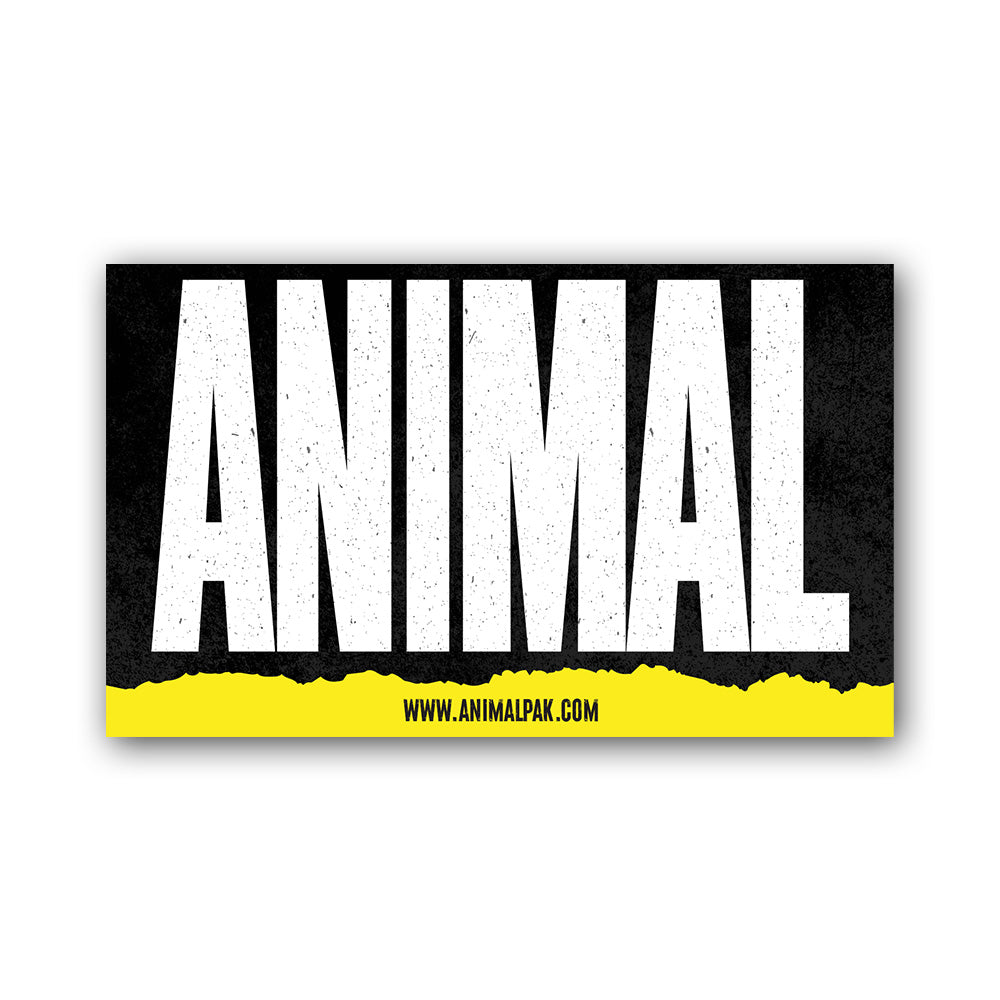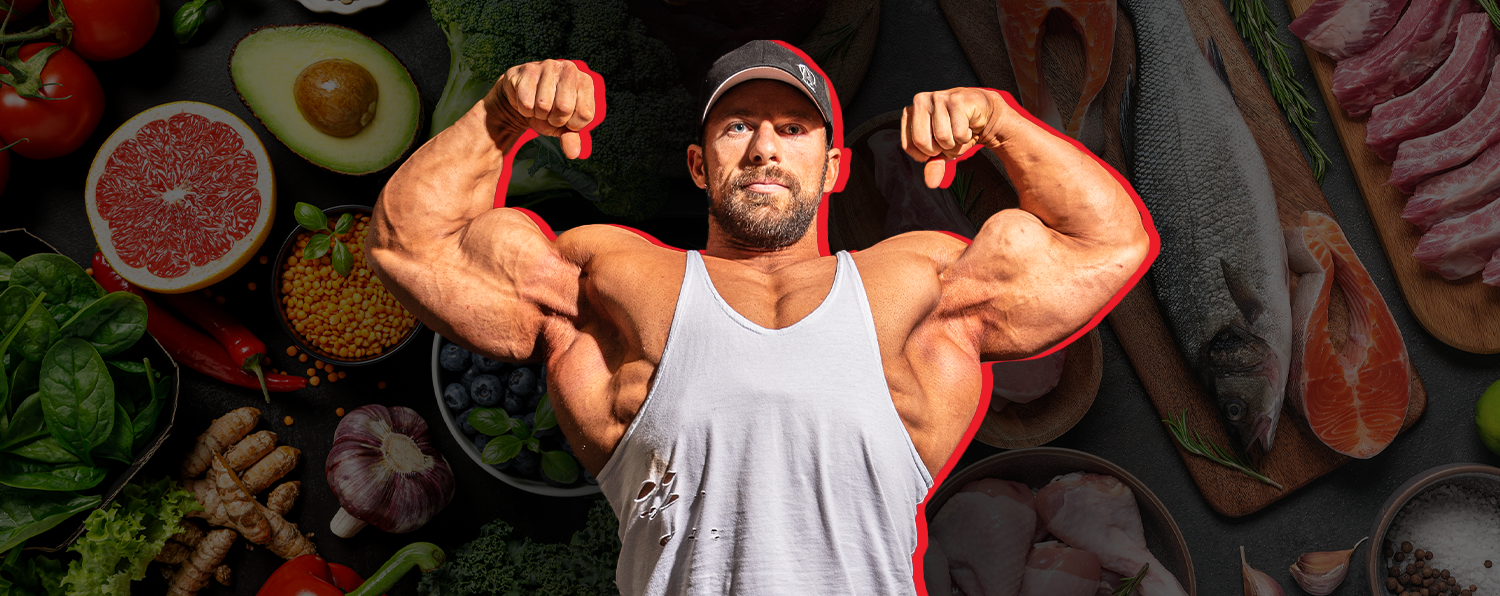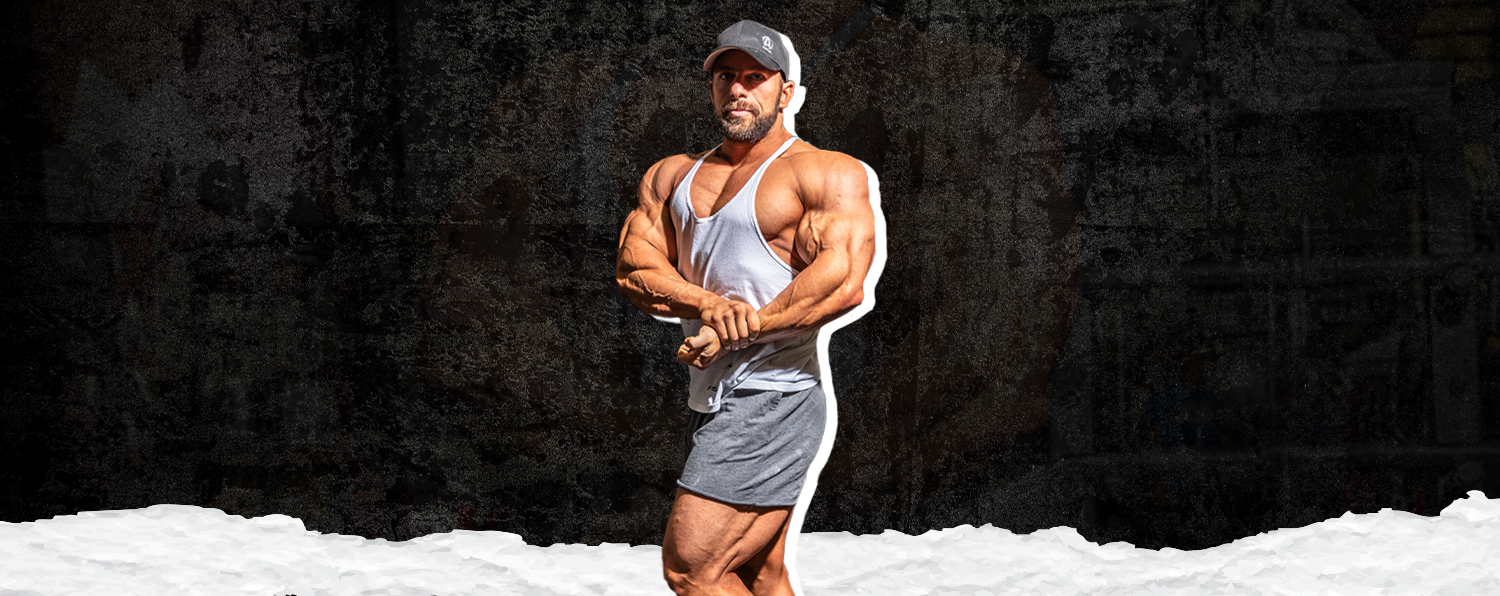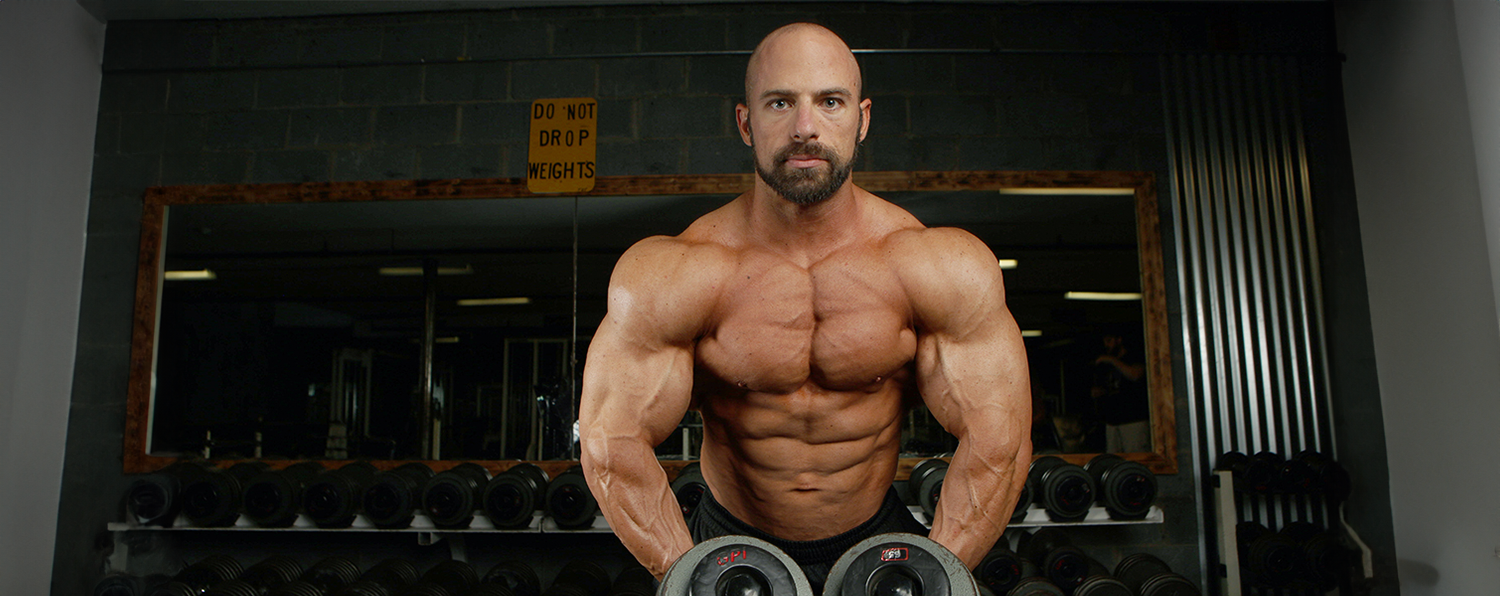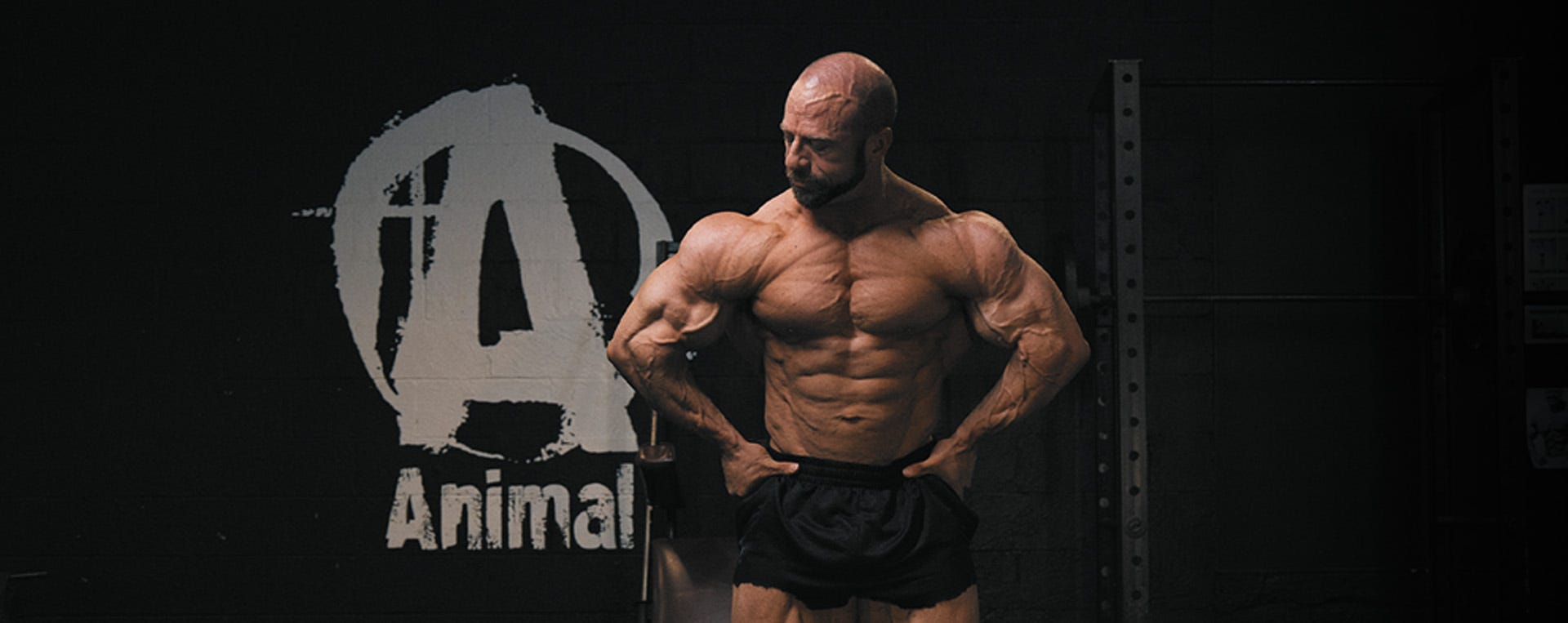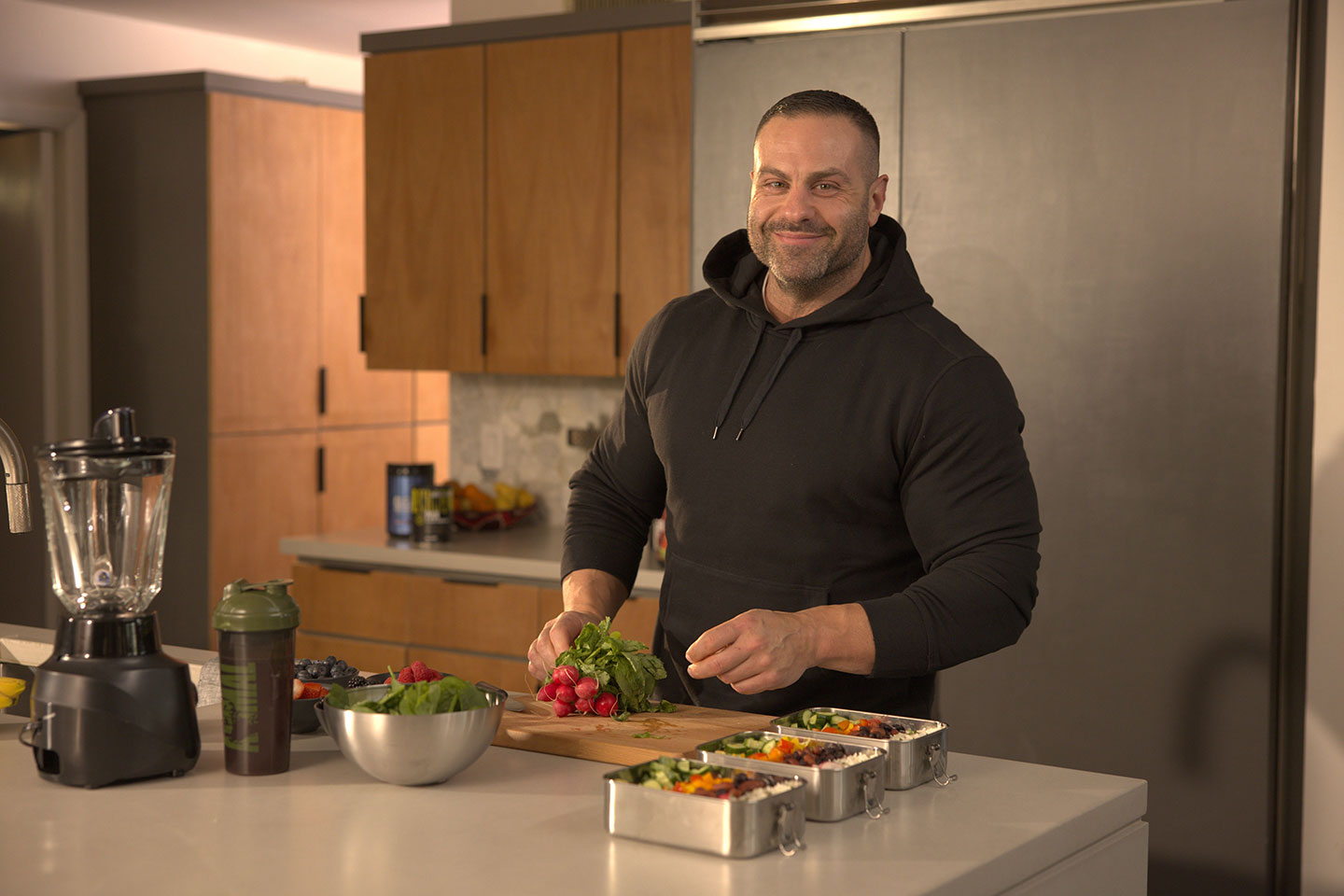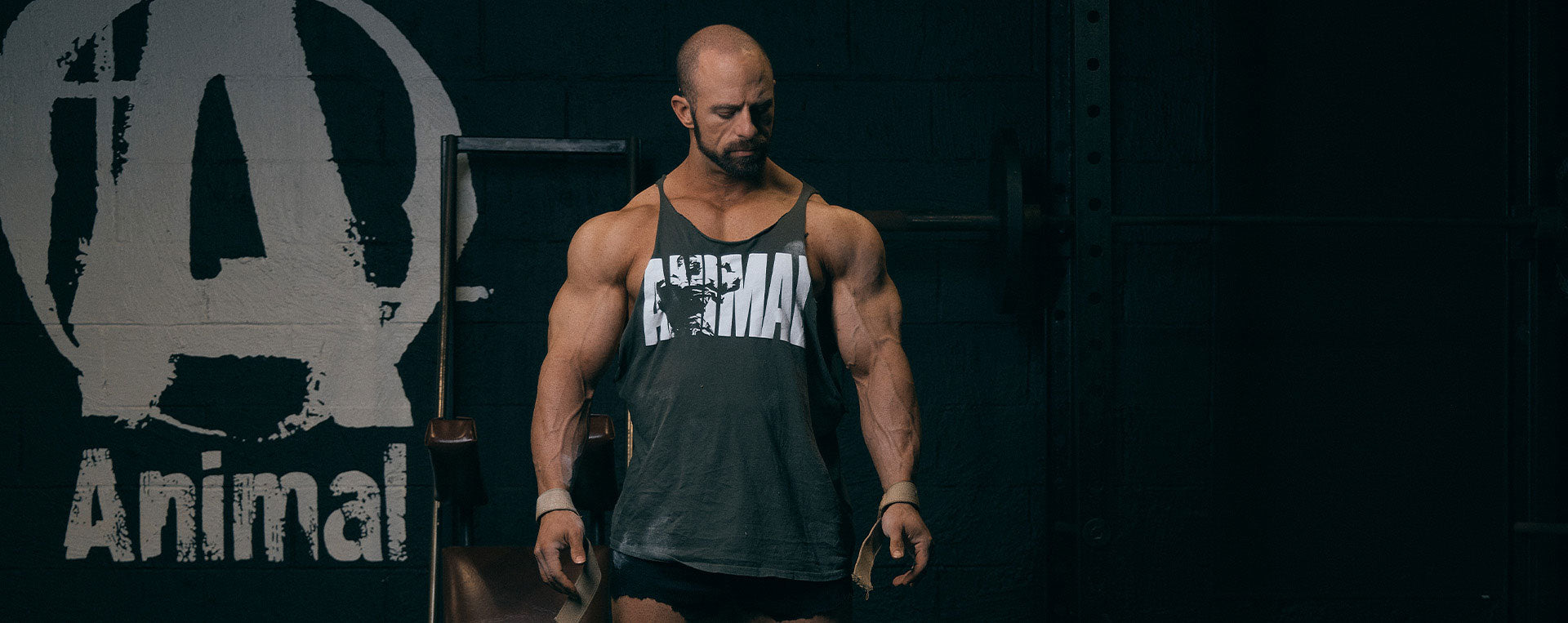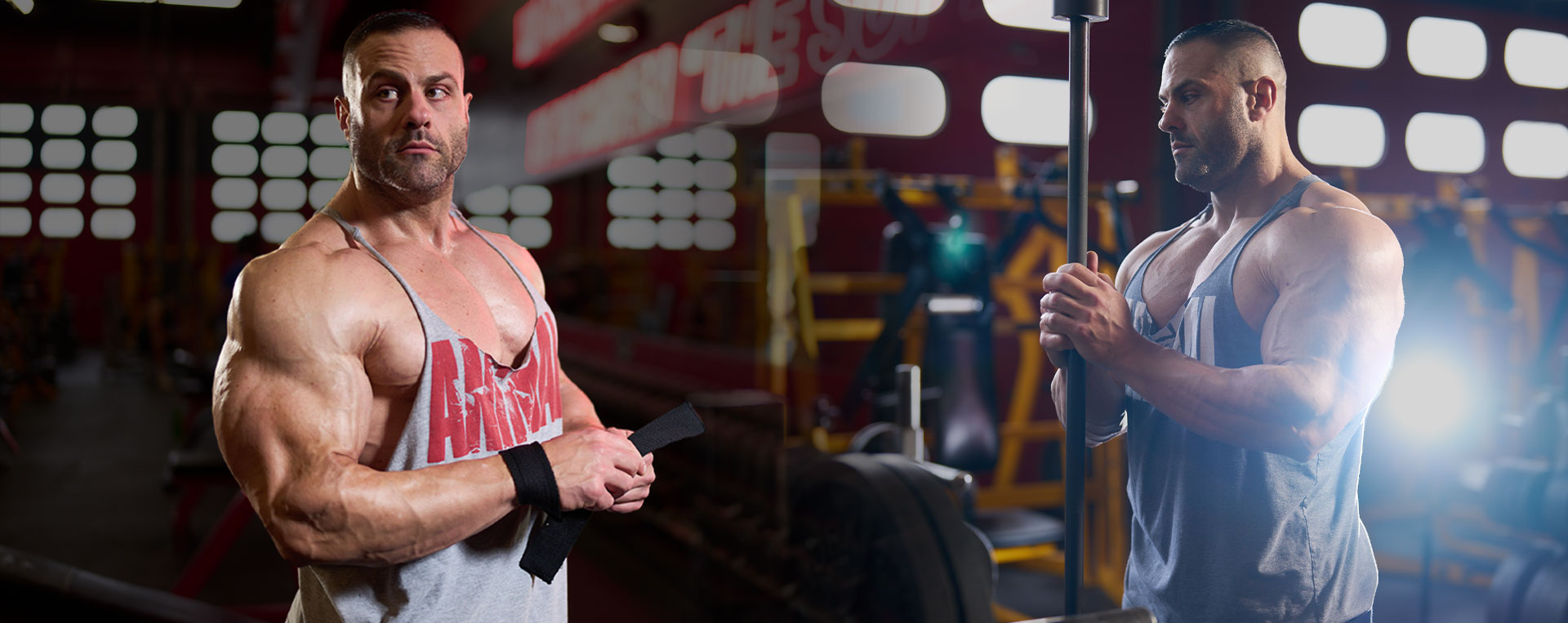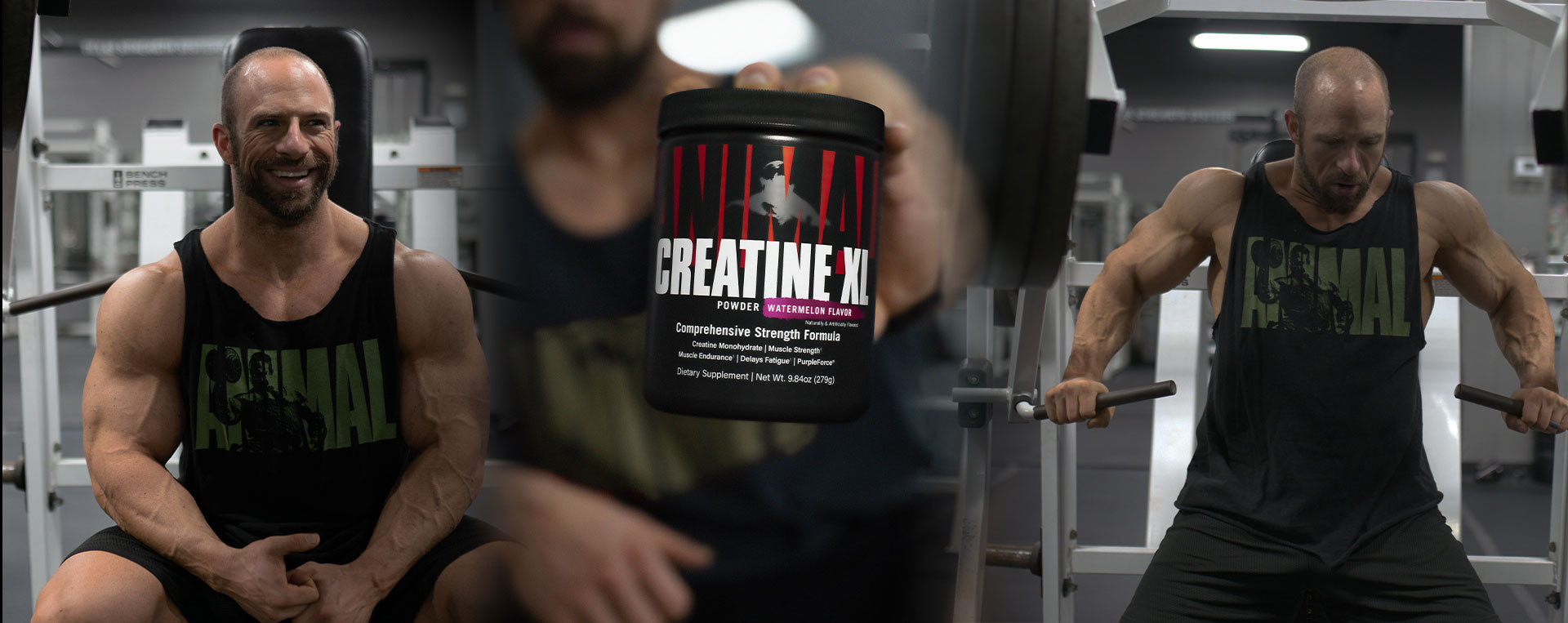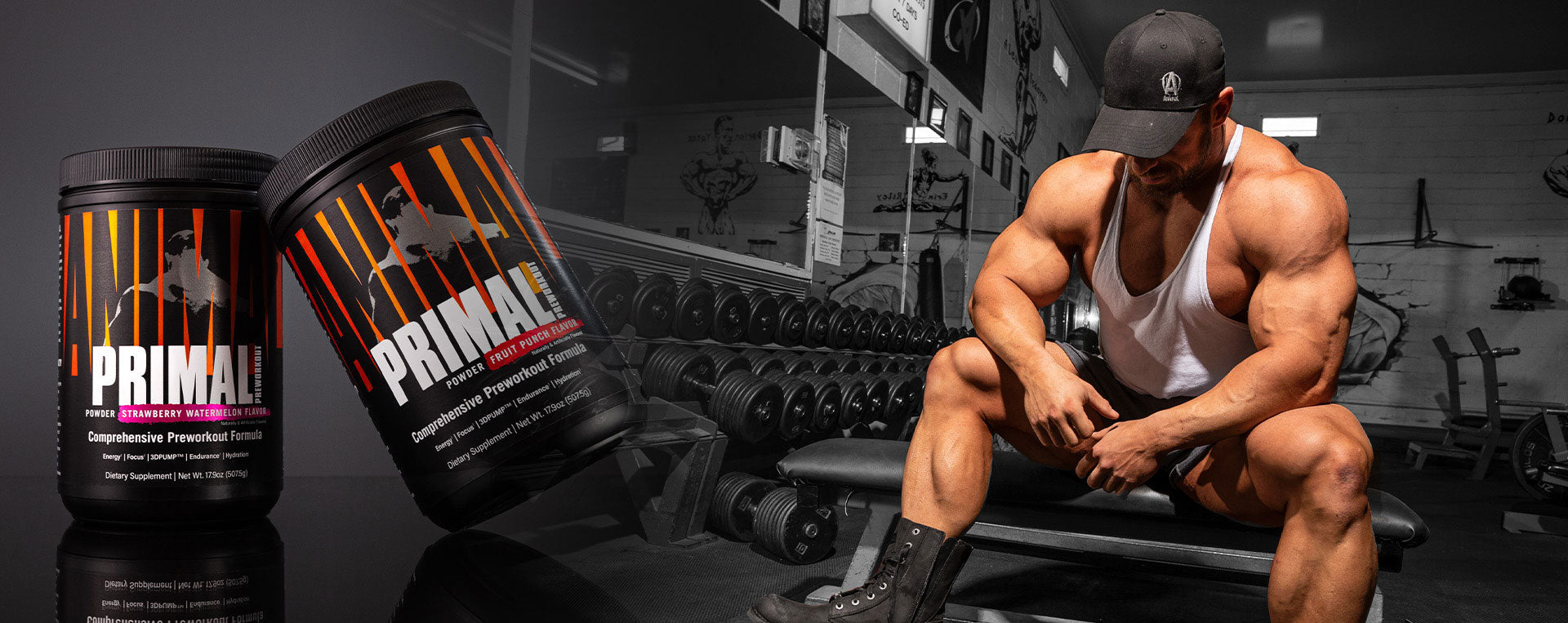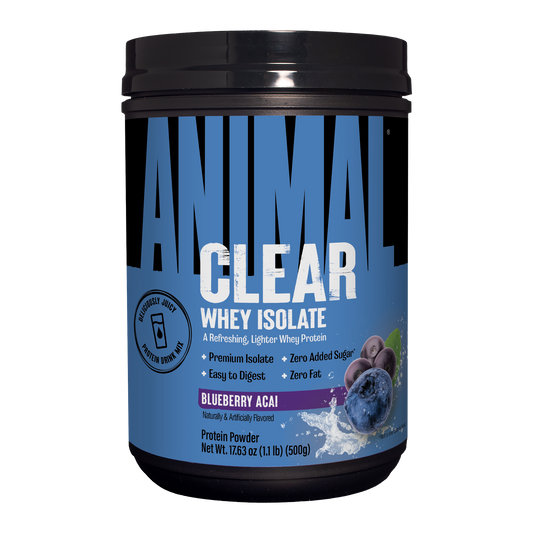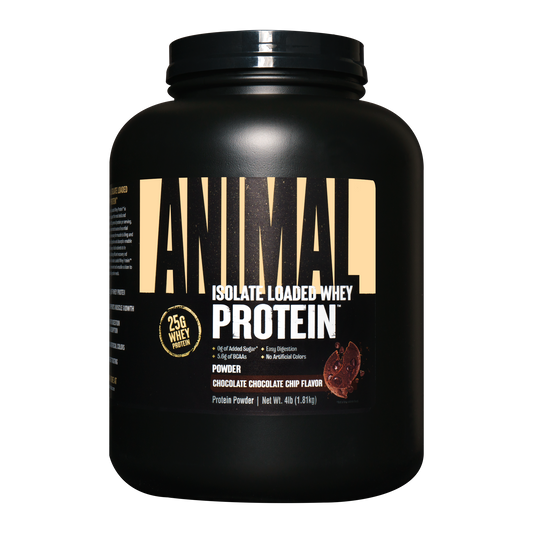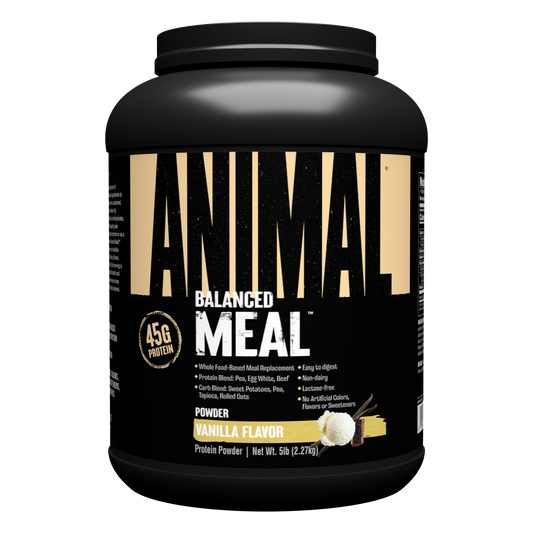https://www.youtube.com/watch?v=gg6icIQi8A0
Things changed in college. I learned more about nutrition and began tracking my macronutrient and caloric intakes. While it became abundantly clear that I needed a stricter plan in order to progress, I also knew I couldn't afford to buy the extra protein I wanted. So for me, getting “big on a budget” wasn't just a cost-saving exercise, it was my cold hard reality for many years.
Making my own weight gaining shakes was one easy money saving idea. I ground oats in my coffee grinder and used that for my carbohydrate source. For protein, I used the cheapest whey concentrate powder I could find, and I used light extra virgin olive oil for my fat source. If it was post workout, I would dump sweet potato baby food in my shake for some extra calories. If you are interested, here’s what that shake, my “Poor College Student Shake” actually looked like:
• 1 cup quick oats
• 4 oz. sweet potato baby food
• 1 tbsp. olive oil
• 30g whey protein concentrate
For protein sources with my meals, I stuck with eggs for breakfast, tuna packs when at school, and whatever meat option my mom made for dinner. For my carbohydrate sources, I mainly ate rice and pasta. For my fat sources, I ate almonds with almost every meal. Back then almonds were well priced at $4.50 per lb. and easy to eat in class. I got good at knowing exactly how much food I needed every week and how to bargain shop by keeping track of when stores ran specials. I also had to be thorough in reading the nutrition labels and breaking down price per serving.
Fast forward to today. I’m not only an IFBB Pro Bodybuilder, but I’m also a Registered Dietician. In the years since college, I’ve learned a whole lot more about nutrition. So when Animal approached me with the famous “Big On a Budget” challenge, I was more than up for it. The challenge is to get dropped into a supermarket with only $50 in your pocket and buy food for a week’s worth of groceries. I arrived at Marrazzo's Thriftway in Trenton, New Jersey (where many have shopped before me, including Evan Centopani, Frank McGrath, Pete Rubish, and Chris Tuttle) ready to maximize my $50 bodybuilding budget.
Even before stepping foot in the store, I decided that I wanted to show that it's possible to maintain a diverse diet on a budget. This meant that I needed three different protein, carbohydrate, and fat sources, along with vegetable and fruits. I decided I could do this with five solid food meals and one shake. The challenge was on.
First stop was for meats. Meats are always going to be the most expensive item on your list, especially considering the quantity we need to eat as bodybuilders. For this diet, I wanted to get between 30-40 g of protein for all of my meals. I came across my beef selection first. The lean cuts of steak were a little pricey, but the 80/20 ground beef was only $3.99 per lb. which wasn't a bad price. One pack would give me enough beef for one meal every day of the week. The extra fat from the beef isn't something I would normally have in my diet, but for our budget and if you're just starting out in bodybuilding it's acceptable.
Next for protein was chicken. This was going to be my staple—I wanted to eat 3 meals of 5-6 oz. of cooked chicken per day. This added up to about 110 oz. of cooked chicken. I estimated I needed about 150 oz. of raw chicken since it loses approximately 25% of its weight during cooking. Luckily the split chicken breasts were on sale for less than $2 per lb. and three packs got me almost 10 lb. of raw chicken. My last stop for a protein source was eggs. I was able to budget five eggs for breakfast every day because they are so affordable.
One trick I used to keep me on track was to add up my food as I shopped. This way I would always be mindful of my choices. I did well budget wise with protein, so carbs were next on the list. I planned to eat oats for breakfast with the eggs, as well as add them into protein shakes. I always look for the generic brand on food items because it is typically always cheaper. Fortunately, carbohydrate sources are some of the cheaper food items and I easily found some quick oats for $1.79. The next item on my list was rice and I planned to eat rice for three meals. Although rice is usually cheaper to buy in a 5 lb. bag, to really stay within my budget I found 1 lb. bags for 89 cents. I only needed 2 lb. total for the week. Buying a large bag of potatoes, my last carb source, made the most sense. For $1.99 I could get a bag of fifteen potatoes, which was plenty for seven meals for the week.
After protein and carbohydrate sources, I had used $34 of my $50 budget. Before moving on to the produce section, I found a deal on a large bag of apples for $2.99. This would last me the week. What I needed next was some fat sources. The beef and egg meals already included some fat naturally, but I wanted a direct source of fat to add to my chicken and shake meals. When I was younger, olive oil was always a great fat source for the price. I came across an olive oil that would give me 14 g of fat for fourteen meals during the week. This would be perfect to add to my rice or into my protein shake. For a second fat source, peanut butter was a great choice. I found 14 servings for around $2.
With some money left to spare, I wanted to fit in some condiments and vegetables. For vegetables, I usually choose frozen ones since they are the quickest for meal prep. I can place the frozen veggies in my Tupperware the night before and they will thaw and just need to be heated in the microwave prior to eating. I bought a nice medley of cauliflower, broccoli, and carrots. With $3.25 left in my budget, I made it over to the condiments to pick up some flavor for my food. I found a hot sauce and a mustard that fit in the budget.
My food selection came right under budget at $49.81. Now to make this food into my actual meals. Here’s how I broke everything down:
Meal 1
• 5 whole eggs
• 60 g oats (raw measure)
• 1 apple
Meal 2
• 40 g protein from Animal Whey
• 60 g oats (raw measure)
• 1 Tbsp. peanut butter
Meal 3
• 6 oz. chicken (cooked weight)
• 140 g rice (cooked weight)
• 1 Tbsp. olive oil
• 5 g vegetables
Meal 4
• 6 oz. chicken (cooked weight)
• 200 g potato (cooked weight)
• 1 Tbsp. olive oil
• 1 apple
Meal 5
• 5 oz. 80/20 ground beef (cooked weight)
• 140 g rice (cooked weight)
• 50 g vegetables
Meal 6
• 6 oz. chicken (cooked weight)
• 140 g rice (cooked weight)
• 50 g vegetables
• 1 Tbsp. olive oil
TOTAL CALORIES: Approximately 3300
PROTEIN: 260g
CARBOHYDRATES: 290g
FAT: 120g
This meal plan would be a solid start for any young, growing bodybuilder looking to pack on size. This is certainly a much better start than I had when I was a kid. Although $50 per week got me far, I now typically spend around $125 per week on food. Being an IFBB pro requires a great quantity and higher quality of food. Although we have reasonable food costs in Texas, I still look for deals all the time.
As your budget increases, I would focus more on the quality of foods you are selecting, in particular your protein sources. Look for grass-fed beef and pasture raised eggs. It isn't as important for chicken since fat content is minimal which is of concern when choosing beef and eggs. For fat sources, look at other nut butters such as almond butter or macadamia nut butter. You can even buy red palm fruit oil or macadamia nut oil. Now stop making excuses for not knowing how to shop. Make your budget and get growing.
John Jewett’s Budget Shopping Tips
Last but not least, let me give you a few tips on how to shop smartly and wisely.
1. Know what you need. Have your diet written out. Add up how much of each food item you need for the week.
2. Shop around. Look at local stores and farmer's markets for cheap deals. Sometimes a bulk item store such as Costco may be cheaper and offer student discounts as well.
3. Be resourceful. Talk to a lot of people in all the stores you visit. Your butcher can tell you when meat goes on sale and when deliveries come in. You may find a resource for wild game (deer, elk, etc.).
4. Learn your nutrition labels. You need to be able to break down serving sizes and compare it to price. Sometimes a small size item might be a better buy than a larger item, but you must do the math.
5. Look for coupons. Most stores have a weekly magazine with coupons in the front of the store.
6. Protein
• Find discount meats and ask the butcher if he has more in the back.
• Sometimes fattier cuts may be a better buy.
• Buying in large sizes may be a better deal.
• If you can hunt, you can get nearly free meat.
7. Carbs
• Stick to items you must cook.
• Microwave pouches are time saving, but will add up quick on a budget.
8. Fats
• Peanut butter is going to be one of the cheaper nut butters.
• Olive oil is so popular you can find deals on it as well.




